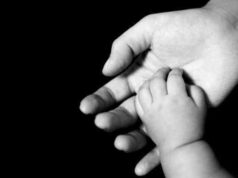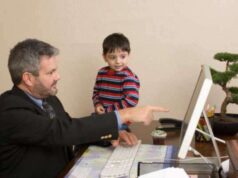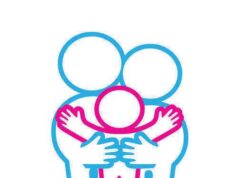
The statutes of many states on maintaining seals on birth records and adoption records are reflective of the movement that first brought them to prominence around the country. The sealing of adoptions came following concerns by the Child Welfare League of America and other organizations in the 1930s and 1940s about the safety of interaction between birth parents and adoptive parents, as well as alleviation from feelings of guilt for parents and child alike concerning his or her separation from one or more birth parents.
Momentum to unseal adoption records, or at least advocacy for the sake of adoptees, really began to pick up in the 1970s. The Adoptees’ Liberty Movement Association, or ALMA, was a grass-roots organization founded by Florence Fisher in 1971 that had multiple focuses, of which opening adoption records was a fundamental purpose. Aside from this cause, ALMA also sought to promote a general sense of openness in contact between birth parents and adoptive families after the fact (i.e. supporting open adoptions).
Since then, other organizations have been founded to address the rights of adoptees (or lack thereof) across the United States, and often, in a more expansive and demanding way. The Bastard Nation Adoptee Rights Organization, founded in 1996, has made opening adoption records its main thrust, considering it a civil liberty that should be an inalienable right. In naming its group so, Bastard Nation seeks to reclaim the use of the word “bastard” in terms of its meaning as a child born out of wedlock, and in doing so, reflects its in-your-face mentality.
Aside from official organizations, other informal blocs, perhaps unexpectedly, have moved for states to unseal adoption records. Many birth parents who may have been presumed to want nothing to do with the lives of their children may either come to regret their decision or feel pressured to give up their children for adoption, and as a result, favor opening adoption records for all birth mothers. This may be an especially touchy subject in the case of women who gave up babies for adoption following pregnancy from rape. While some mothers of this kind might want to disassociate from the situation as much as possible, others may still wish to know about the welfare of their biological offspring.

















